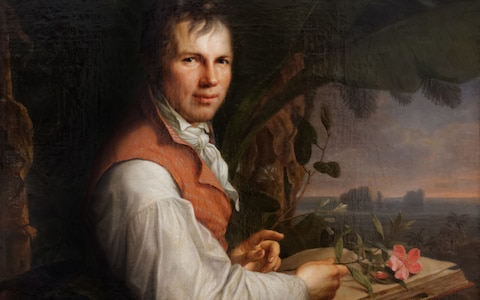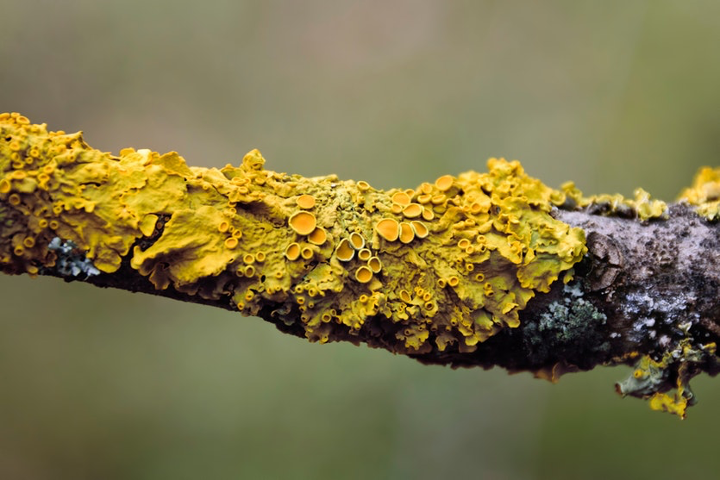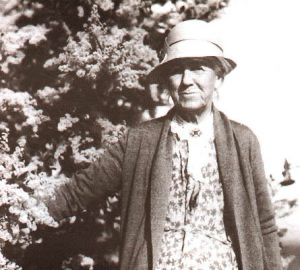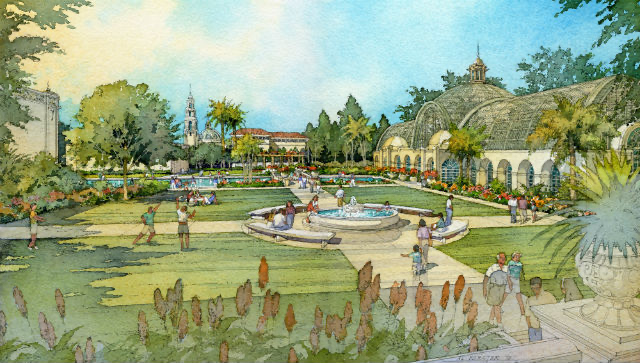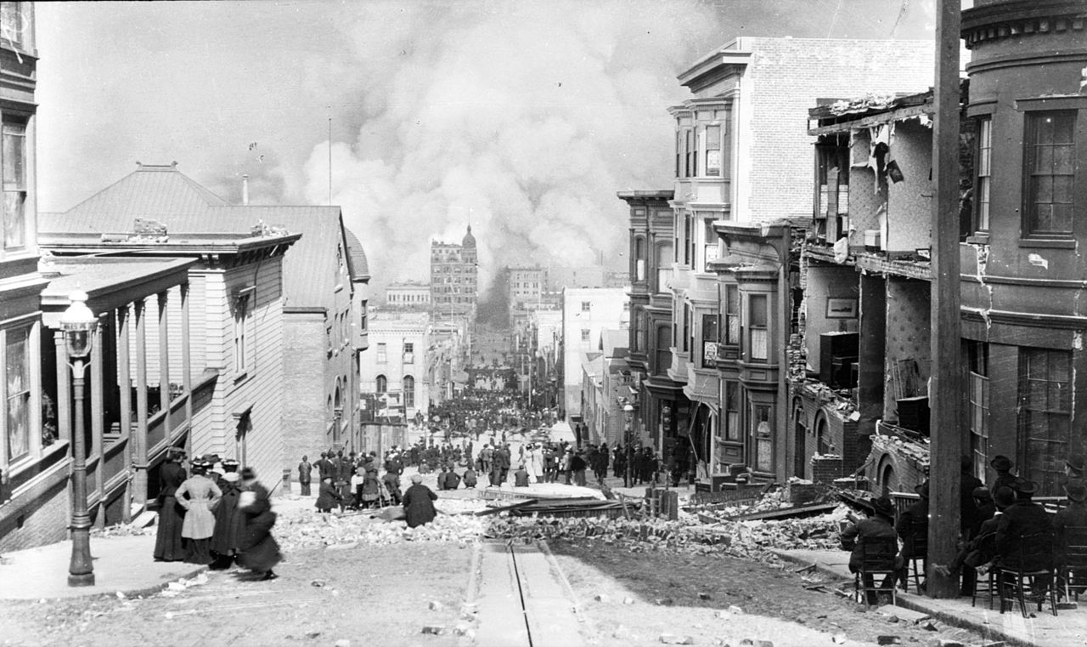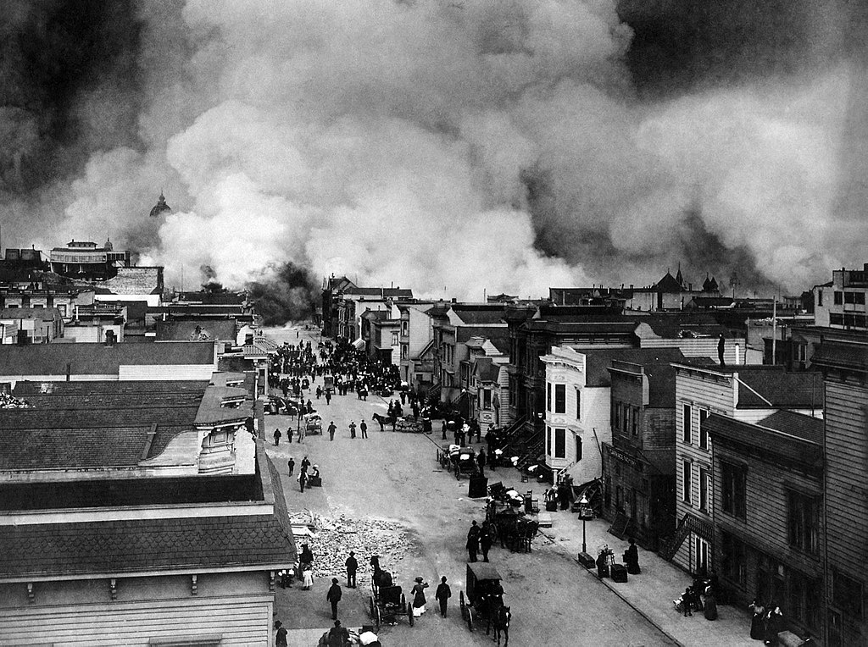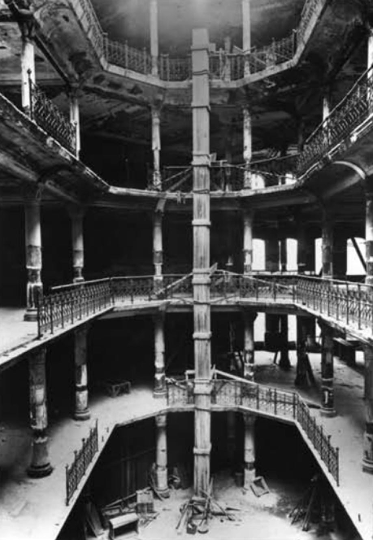Happy final day of #PrideMonth2020! Many people don& #39;t know #LGBTQ scientists have been involved in ecology/ evolutionary biology since its inception. A thread! Strap in for some history including kicking Nazi ass, saving an herbarium after the 1906 earthquake, and more (1/x)
A few quick disclaimers: finding historical LGBTQ people can be hard. First off - many people had to hide their sexual or gender identity for a variety of reasons! They would most likely lose their jobs. They often weren& #39;t safe and faced violence or state sanctioned sterilization
Second - historians (especially in the past) often didn& #39;t like talking about people being LGBTQ. There are code words historians used to avoid talking about it. Maybe they had a roommate (for life) or a really really good best friend! https://twitter.com/SpacedSheep/status/1158723824722034689?s=20">https://twitter.com/SpacedShe...
Finally, this list is very white. EEB has historically been a very white field, and it is *still* a very white field. Please read the following open letter to EEB, look at #BlackInTheIvory. EEB is still failing Black students, and it needs to be fixed. https://medium.com/@solonorthrowan/an-open-letter-to-the-eeb-community-7bd89330e554">https://medium.com/@solonort...
Now - lets get to some queer EEBians!
First up: Alexander von Humboldt. THE father of modern biogeography! He was interested in why species lived where they did, particularly on mountains.
First up: Alexander von Humboldt. THE father of modern biogeography! He was interested in why species lived where they did, particularly on mountains.
Humboldt is a great example of how historians sometimes debate if historical figures were gay. BUT: here is how Humboldt spoke about one of his love interests: Reinhard von Haeften. You be the judge:
"I only live through you, my good precious Reinhard"
"I only live through you, my good precious Reinhard"
He even asked to live with Haeften after Haeften married his wife, saying "Even if you refuse me, treat me coldly with disdain, I should still want to be with you... the love I have for you is not just friendship or brotherly love, it is veneration"
That doesn& #39;t sound unclear!
That doesn& #39;t sound unclear!
Next up: we have Elke Mackenzie! She studied lichens her entire life, and traveled around the world to collect specimens.
In fact, she worked undercover for the British army during WWII. Under the guise of a scientific expedition, she helped set up bases in Antarctica to help fight the Nazi regime. During that time, she also discovered the only true marine algae! Double duty!!
CW: deadnaming
A final note on Elke and the problems many trans people face in science. Despite her changing her name legally, despite all the work she did to further our field, and despite her helping to fight Nazis, her scientific legacy is still under her deadname.
A final note on Elke and the problems many trans people face in science. Despite her changing her name legally, despite all the work she did to further our field, and despite her helping to fight Nazis, her scientific legacy is still under her deadname.
Her botanical citation is STILL her deadname. Seems like we could fix that easily!
Elke transitioned later in life and spent the rest of her days in a small bungalow she built in the mountains of Costa Rica translating botanical texts to English.
Elke transitioned later in life and spent the rest of her days in a small bungalow she built in the mountains of Costa Rica translating botanical texts to English.
Next up!
Erna Bennett.
A geneticist, Bennett helped the world understand the importance of conservation genetics, being a leader at the UN where she urged the organization to broaden its ideas of conservation.
Erna Bennett.
A geneticist, Bennett helped the world understand the importance of conservation genetics, being a leader at the UN where she urged the organization to broaden its ideas of conservation.
Bennett also helped fight the Nazi regime, where she worked primarily in Turkey. As the war progressed, she became more and more left-wing, eventually becoming a communist and fighting for justice in Europe and Australia. Honestly a hero!
She lived with her partner of 40+ years, and retired to the Blue Mountains of Australia where she continued to fight for in food security, and enjoyed poetry and botany.
Next up:
Kate Sessions!
She was a botanist and horticulturalist in California. She co-founded the San Diego Floral Association, and was the 1st woman to be awarded the Frank N. Meyer award from the American Genetic Association!
Kate Sessions!
She was a botanist and horticulturalist in California. She co-founded the San Diego Floral Association, and was the 1st woman to be awarded the Frank N. Meyer award from the American Genetic Association!
Like with others in this thread, a cursory look at her on the internet does not talk about her LGBTQ identity at all! Her Personal Life section on Wikipedia is one line, and as such, it is hard to know exactly how she identified (but we& #39;ll get to that later!)
Sessions& #39; legacy is best remembered for her passion for green public spaces and her belief all citizens should be able to be close to nature, even in a city. This is exemplified in how she designed Balboa Park – the largest, most important park in San Diego.
Eastwood was a self-taught botanist who authored 310 papers and described 395 species. An absolute expert in the botany of the western United States, Alfred Russel Wallace himself asked her to lead his expedition through the mountains of Colorado.
Eastwood became the curator and head of the Department of Botany at the California Academy of Scientists – a post she held for 54 years! Her curation style was unique at the time: she encouraged as many specimens as possible, knowing they would be useful for future scientists.
She was particularly interested in Type Specimens. In case you don& #39;t know, Type Specimens are those which the species description is based. They are VERY important!
...
Then came the 1906 San Francisco Earthquake
...
Then came the 1906 San Francisco Earthquake
The earthquake was bad, but what really destroyed the city were the subsequent fires. They swept through the city for days afterwards.
As soon as the earthquake happened, Eastwood took action. She immediately went to the California Academy. When she arrived, the building was falling apart, so she climbed 6 floors of broken stairs, made a rope out of cords, and got *1500* specimens down before the fires arrived!
She then hid the specimens in her own house, but the fires moved to her neighborhood. She fled around town, from shelter to shelter, until all the fires were contained – protecting the specimens while her own house burned to the ground. WOWOWOW a literal hero!
Little is known about Eastwood& #39;s lovelife, but it is believed her and Kate Sessions had a loving lifelong relationship. Sessions once wrote of Eastwood "Our friendship developed through flowers - our children, which I am growing and you are naming" – which is just impossibly cute
I& #39;d love to hear about any other historical #LGBTQ ecologist or evolutionary biologist – please share away! If you& #39;re looking for more info on current (and a few historical) LGBTQ scientists, have a look at @500QueerSci @RainbowLors @LGBTSTEM @LGBTQFieldNet

 Read on Twitter
Read on Twitter
